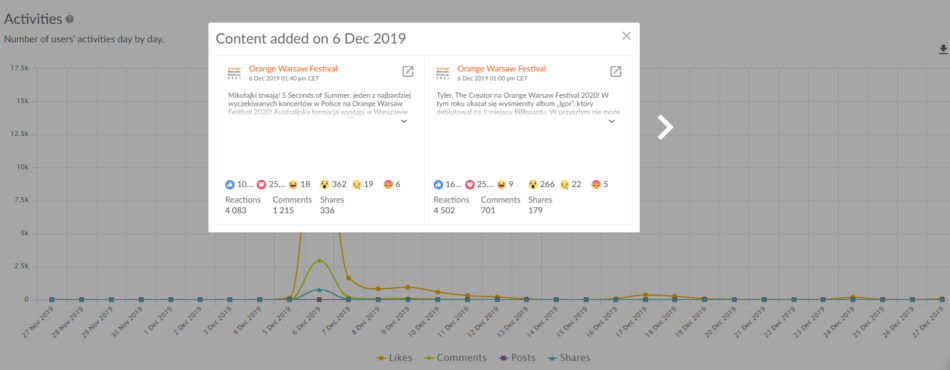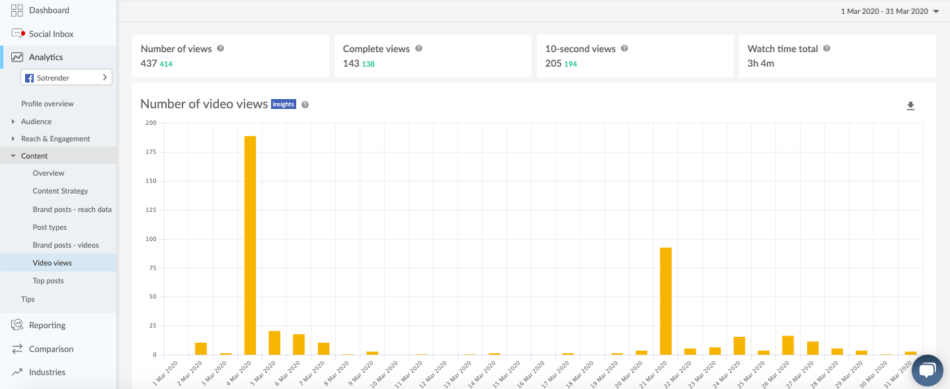It would be unthinkable these days for buyers not to do online research before making a purchase. In fact, 2/3 of all consumers check out products online before deciding to buy.
Thus, it is now prudent to focus on providing accurate and useful information about your products. This is a new shift in the sales cycle dynamic every company must understand, and videos are on the rise as among the most important tools in sales and marketing.
In this article, we’ll explain how you can use video marketing in your strategy to create a sales pipeline.
Do Videos Lengthen the Sales Process?
One might think that videos make the sales process longer. On the contrary, it can help your brand because videos have that personal touch that product brochures do not. Videos can relay the credibility and authenticity you want to convey. Trust and connection make a lot of difference in selling.
Today, only 3% of prospective customers are ready to buy your product as a solution to their problems. Meanwhile, 7% of them already want to shift to another solution; 30% need your product but are not prepared to commit; 30% do not have a need for them; 30% are not interested at all in what you are selling.
Strong, effective, and engaging interactive content has the power to grab the attention of the percentage of consumers who are ready to buy.
How video marketing can strengthen the sales pipeline
Videos can build and augment your sales pipeline due to its versatility; you can use it for all stages, including prospecting, demos, and qualifying. It is perfect for educating prospects to prime them for each succeeding stage in your sales pipeline. Effective video marketing move the sales process along.
Useful sales pipeline videos
Videos can be used in engaging buyers, especially in times momentum is waning. It is also useful when you want to educate your buyers. Below are types of video content you can publish to engage your buyers with a more personal touch.
Prospecting
This is one of the most important parts of selling. Videos let your brand stand out from your competition and create the best first impression. You can use prospecting videos to establish a personal connection and reach out to buyers. In your videos, you can use great reviews from past customers that commend your product.
Demos
The sales process cannot do without demos since they let buyers know how useful your product is. Whether it is conducted through live streaming, video conferencing, or is pre-recorded, you can make a strong connection and impression with a good video demo.
A great example is the streaming service giant Spotify. They took a different approach to their app demo launch using no voiceover whatsoever. But the engaging animated visuals and the drum-heavy song build up so much anticipation that you simply can’t wait to see what product is being advertised.
When losing momentum
Deals can stall and lose momentum, and this happens for any number of reasons. Videos are a relevant and smart way to create engagement before potential clients forget you. They can be the key to being able to showcase your goods effectively.
Probably one of the most successful ‘recovery’ campaigns was ‘Domino’s Pizza Turnaround’. They created a line of moving videos that showed how they listed to the harshest critics and made their pizza the best. By listening to their customers, being completely honest, which is very refreshing, and showing them the improved version of their product Domino’s managed to ascend to greater success than anyone could imagine.
Proposal walkthrough
Videos accelerate your sales process by making the uninspiring steps of the cycle become more engaging and personalized. You can make an explanatory video about the product or service you’re offering, taking your customer through the process and the possible steps they can make. This helps you take control, instead of simply waiting for questions or feedback that cause additional engagement and extend the sales cycle.
Lenovo set a great example of an effective educational proposal walkthrough video that integrates influencer marketing as well. It’s a quick and useful guide for creators with the help of an industry expert and Instagram favorite Amy Tangerine. They created a live-action video, taking the seemingly traditional activity and giving it a nice tech twist.
Creating videos that convert
Start With Personas
It’s crucial that you find out the pain points, needs, desires, and challenges of your customers; the values that drive their decisions; their preconceived ideas about your product or service; and how you can persuade them to act. Having a real understanding of these will ensure that your video resonates with your prospects.
Remember to regularly look at your analytics to determine how effective your videos are in converting customers. One of the more user-friendly analytics tools you could use is Sotrender.
Sotrender is a social media analytics tool. When you’re sharing your videos across platforms, it makes sense to organize all of your analytics in one place.
- Audience demographics
- User and brand activity
- Clickable graphs so you can learn what video you posted on a day that got the most attention
- Recurring and auto-generated reports that everyone can understand
By accessing the content strategy section, you can check the video metrics. In the screenshot below, you can see how it looks like when you analyze videos on your Facebook profile. You’ll be able to see how many people watched your videos to the end, how many watched your videos for 10 seconds, the total amount of time watched, and what percent of your views were organic vs. paid.
With the help of the tool, you’ll be able to make data-driven decisions about your content and marketing strategy in general.
Create a powerful copy
Your videos must have a concise, value-packed, strong script and copy to be effective. A video message that appeals to the emotions may work better than one that appeals on logic.
Start by having a strong question or statement that will intrigue or shock your audience. Zero-in on challenges and pain points.
Hold their attention. Your video’s first 15 seconds is critical in holding your audience’s short attention span. Pattern interrupts, which are sudden and unexpected ideas, will help keep their attention. Pattern interrupts can be graphics, subject positioning, change of music, increased volume, or even a switch in-camera focus.
Keep it simple. Focus on presenting your idea in the simplest possible way while still delivering your point. Provide steps and tactics concisely. Do not over-deliver. Give them just enough incentive to jump onto the next level of their journey as a buyer.
Create a message that will resonate. Talk to a challenge or pain point, then position your service or product as its solution. Use a strong, specific, and interesting video title.
E.g. check out this explanatory video by Brian Dean, who not only gives you fast, actionable tips on how to get started but also uses an engaging and very compelling headline along with a well-optimized thumbnail. That is precisely why his video does rank #1.
Incorporate brand identity all throughout
All your copy, thumbnails, calls to action, and graphics must show your branding. The idea is to associate the solutions to your brand. This will increase the conversion rate. Your buyers will need to see your brand a minimum of seven times before they will take action. Promote brand association. Include the brand logo on every frame, intro, and outro.
Use a strong call to action
Be bold and tell your viewers what the next steps they should take. Build a strong value proposition. Think about how, in taking your next step, the buyer will elevate their position in life.
To do this, believe in your own product and its effectiveness. People do not buy a product, they buy transformations. You should connect your product as the key to transforming your buyer’s life, on how it will help them solve their problem.
Optimizing your video marketing
Use native video in social media platforms to leverage each platform’s algorithms, instead of just adding a YouTube link.
Use vertical videos. Turning phones to landscape is simply a pain. People love vertical videos and have 13.8% more engagement than square videos, and 90% more than posts that have embedded images. Vertical videos are perfect for mobile screens. But before starting the process you should figure out how best to frame your subject, choose subjects that work best vertically, and actually understand which aspect ratios are considered vertical. Creating vertical videos will not only improve your brand awareness and engagement on social channels but will also challenge you creatively to create better content and stay ahead of the competition.
Make your videos as long as needed and as concise as possible. The best length is six to 12 minutes. Videos more than 12 minutes long cause engagement decay. If you need to go more than 12 minutes, make two videos or a video series.
Make captions to make sure people do not miss your message because over 85% of Facebook videos are viewed on mute. Use engaging thumbnails as well.
Share the videos as widely as possible to generate more leads. Use social media, connect with partner brands that have the same audience, motivate your staff and team to share the videos, and plan email drops.
Conclusion
To convert, videos must be value-packed and highly specific, containing all the elements that appeal to your viewer’s needs, desires, wants, and concerns. Videos are more engaging than mere text or voice. They inject more character and highlight the qualities that buyers seek. It is powerful for conveying your messages and values.
Videos take you ahead of your competition and promote credibility and trust, positioning your brand as an industry leader. If you’ve been thinking about adding video to support your sales pipeline, now’s the time to do so. Combine visual content at all stages of your marketing funnel to create a path of valuable videos that will guide potential leads every step of the way to sales.










